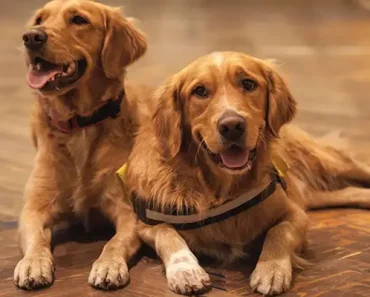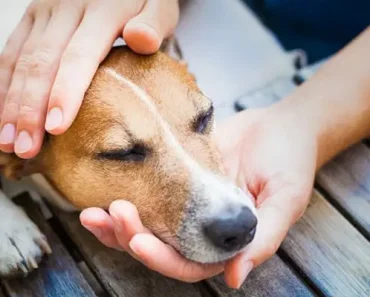Canine behavior encompasses a broad spectrum, with some actions readily comprehensible to humans while others remain more opaque. In this blog, we’ll explain the real meaning behind 13 of the strangest dog behaviors and why dogs do them. Increased understanding of the motivations driving canine conduct enables caretakers to contextualize aberrant behaviors and discern whether intervention is warranted.
1. Staring at You
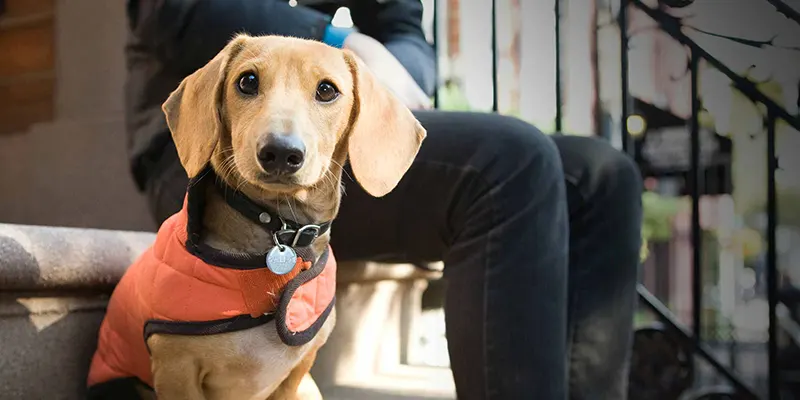
When canines engage in prolonged eye contact with their human caretakers, they may be soliciting food, physical affection, or other attention cues. However, direct eye contact can cause apprehension in certain dogs, as some may perceive unbroken gazes as threatening. It is prudent to initially establish brief mutual eye contact with the dog to gauge their comfort level. The “watch” or “look” exercise conditions dogs to derive gratification from gazing to their owners for direction and affirmation. In the early stages of this training, dogs will observe their human guardians expectantly while receiving commendation and/or edible incentives. This is an excellent exercise for both training and strengthening your bond with your dog.
2. Chasing Its Tail
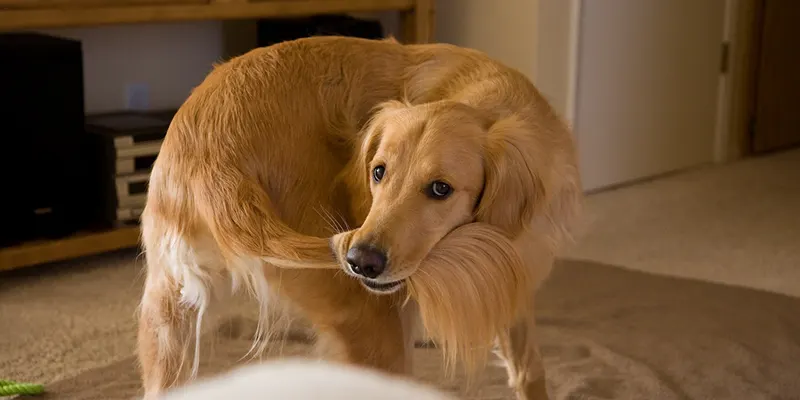
The act of tail-chasing often incites laughter, particularly when exhibited by younger canines. Numerous dogs pursue their tails as a mechanism of self-exploration, a makeshift chew toy, or as a manifestation of anxiety. Nonetheless, if your dog engages in this behavior persistently or for prolonged durations, it could potentially lead to injury or signify a more grave underlying issue. If your pet habitually chases its tail, it is highly advisable to consult with a veterinarian in order to preemptively eliminate any medical concerns.
3. Dogs Sniff Butts
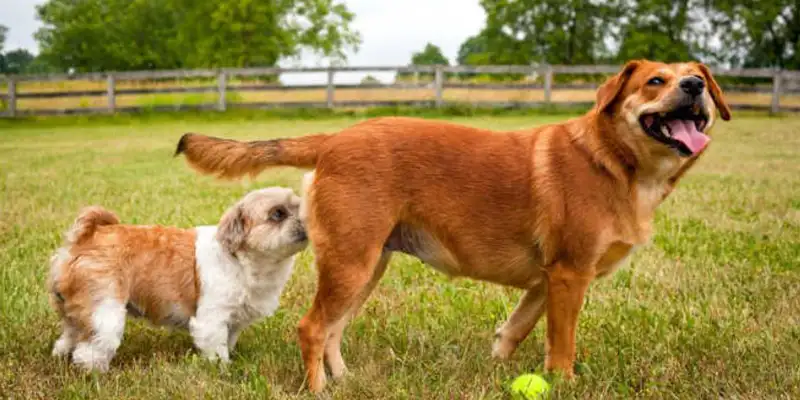
While the act of dogs sniffing each other’s rear ends may appear repugnant to human sensibilities, it is, in fact, a conventional method for dogs to acquaint themselves with one another. Canine anal glands serve as distinctive olfactory identifiers, with each dog possessing a unique scent that fluctuates according to their emotional state. This primordial practice of scent investigation facilitates dogs in discerning whether their fellow canine is amicable, frightened, anxious, or distinguishing their gender.
Should you observe your dog expressing an interest in sniffing another dog’s rear end (providing that both parties appear amenable to this interaction), it is advisable to permit this behavior. Such an action is a standard part of canine social conduct and provides your dog with valuable insights regarding their fellow dogs.
4. Licks You
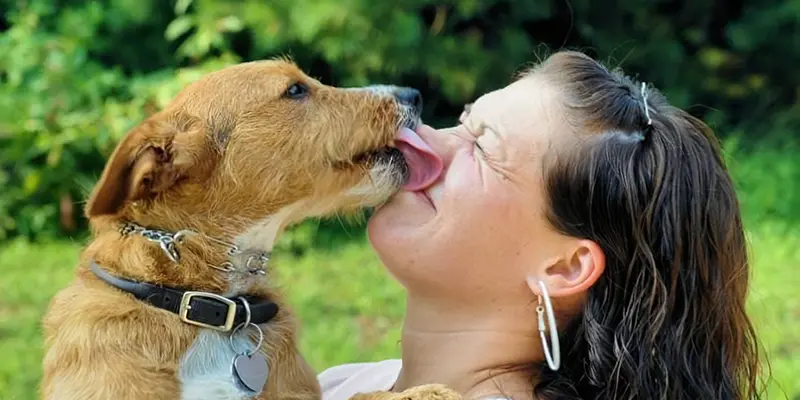
While you may not always appreciate the drooling affections of your canine companion, understand that this is their unique manner of expressing fondness. Moreover, your pet has likely discerned that this licking behavior successfully garners your attention.
Indeed, dogs lick humans for a multitude of reasons. Some researchers suggest that for canines, licking operates as a sensory mechanism akin to a human extending a hand to touch. Another theory posits that the behavior is an extension of maternal instinct, as dog mothers routinely groom and socially interact with their puppies through licking, a habit reciprocated by the young towards their mothers and siblings. Consequently, this instinctive conduct persists into their adulthood.
5. Yawning

A dog may yawn as a mechanism to alleviate stress and tension when they feel anxious or threatened. This behavior can be manifested when a dog is perplexed, fatigued, or sensing a potential threat. Furthermore, this behavior might also be displayed during encounters with other canines.
6. Eating Poop
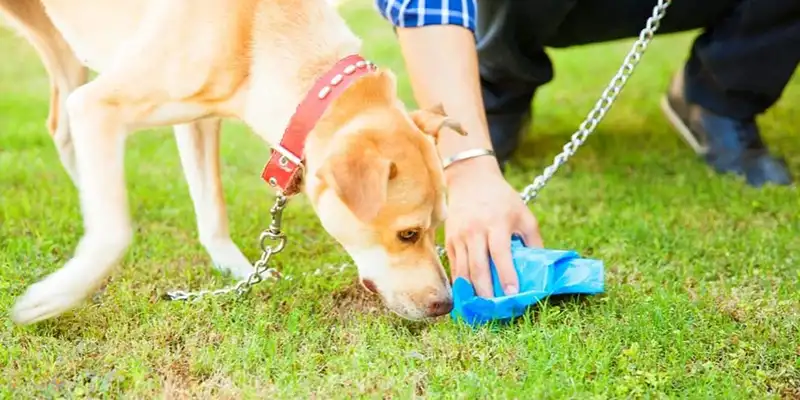
Dogs may engage in coprophagy, the ingestion of feces, for a multitude of reasons; this might be considered standard, albeit disagreeable to human sensibilities, canine behavior. Young dogs, for instance, may imitate their mother’s grooming habits, which can result in fecal consumption. A dog may also resort to this behavior due to fear, particularly if he anticipates punishment. On the other hand, your canine companion’s actions could be driven purely by curiosity; detecting distinctive aromas in the feces, he may be intrigued about their taste.
7. Eating Grass
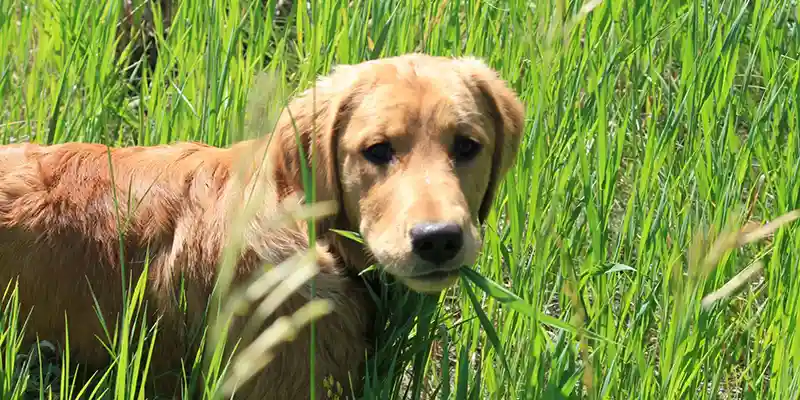
While it might seem peculiar or even detrimental for your dog to consume grass, there exist several benefits associated with this unconventional canine behavior. Grass is rich in dietary fiber, which can enhance a dog’s digestive system. The act of grass consumption could potentially ameliorate certain health conditions or soothe upset stomachs. Alternatively, some dogs might simply derive pleasure from the texture and flavor of grass on their palate.
8. Chewing on Objects
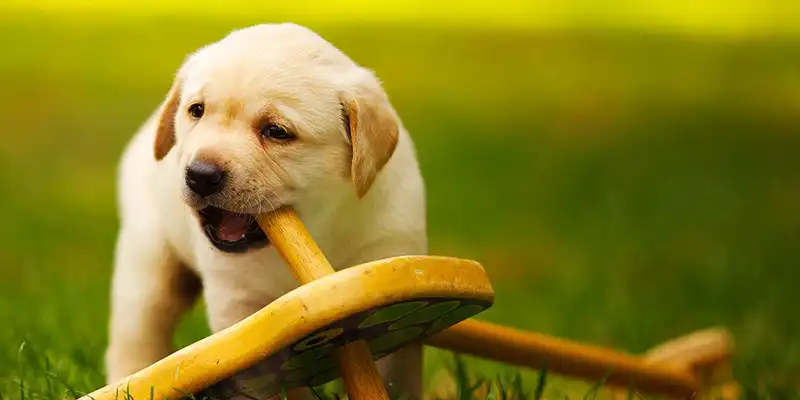
Canines may gnaw on an array of peculiar items, encompassing wood, tiles, fabric, leather, and even concrete. Such relentless chewing may denote a state of ennui! Keep your pet engaged by introducing stimulating activities like puzzles or toys. Furthermore, ensure your dogs receive sufficient exercise through activities such as playing fetch or going on walks. It’s crucial to note that young puppies could be experiencing the teething phase, and to accommodate this need, provide them with safe, chewable bones.
9. Tilting Their Head
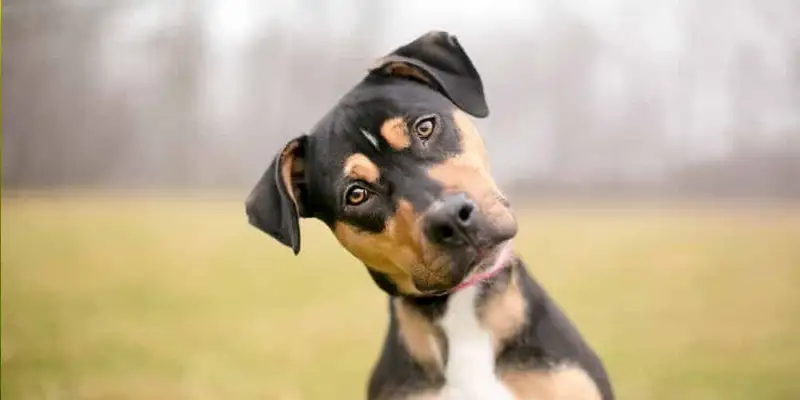
The sight of your dog tilting its head often makes for an endearing photograph. Accompanied by a curious gleam in their eyes, they seem to be attempting to decipher you. Although this display is undeniably charming, there’s another rationale behind this behavior. When you whistle, your dog might tilt its head, a move that enhances its visual field and auditory reception. They have to navigate around their own muzzle and ear flaps. By tilting their head, they are able to perceive your facial expressions with greater clarity.
10. Zoomies
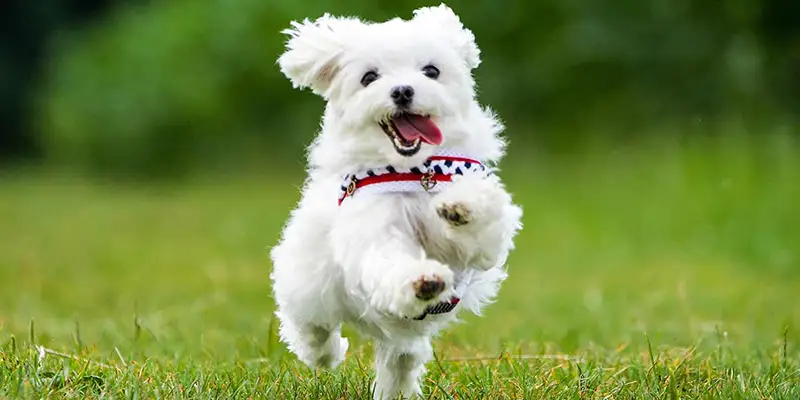
Have you ever observed a dog exhibiting a frenzied, wild gleam in their eyes, followed by a sudden, explosive dash? This phenomenon is referred to as ‘zoomies’, and it is an entirely normal aspect of dog behavior.
The occurrence of zoomies is indicative of a dog being in high spirits, overflowing with energy, and experiencing a general state of contentment. Dogs often display the zoomies following a bath, relishing in their clean and refreshed state, upon your return home from work, when their joy at your presence is uncontainable, or even in anticipation of a walk. Embrace the zoomies as an affirmative signal of your dog’s current enjoyment of life.
11. Bowing

A dog executes a bow by dropping its chest and head towards the ground while maintaining its hind legs in an upright position. If your canine companion exhibits this behavior, it indicates their desire for play. To accentuate this invitation, some dogs might sway their hips and wag their tails. This behavior is widely recognized as the ‘play bow’.
12. Walking in Circles Before Lying Down
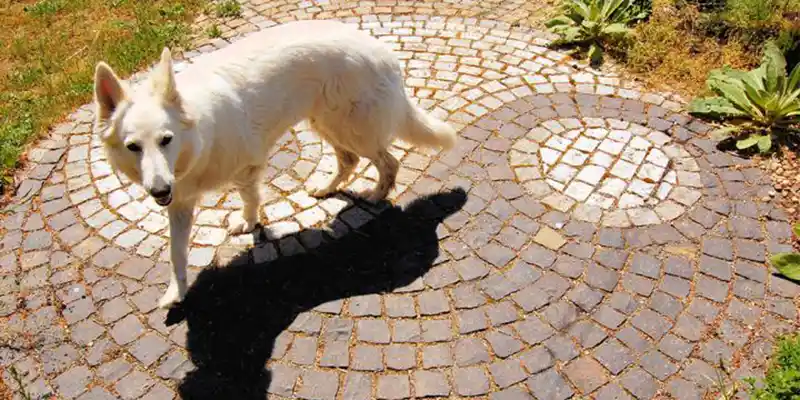
Should you observe your dog pacing in circles prior to settling down, this behavior is indicative of their quest for the most comfortable resting spot. It is possible that your canine companion might be experiencing discomfort, thus compelling them to locate the optimal position that allows them to recline without causing further distress.
13. Showing Teeth and Biting
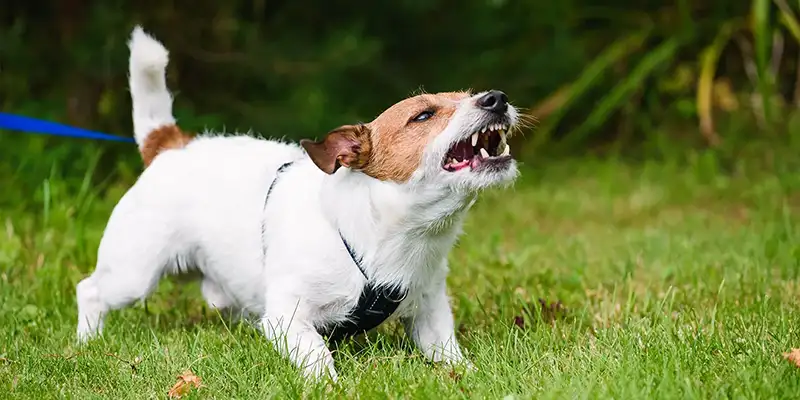
When your dog pulls back its lips to reveal its teeth, it is exhibiting signs of aggression or establishing dominance. If your dog bares its teeth, it is essential to exercise utmost caution as there’s potential for a bite.
If the teeth-baring display is coupled with growling and wrinkles on the muzzle, it can be inferred that your canine companion is in a state of heightened anger. It is strongly advised to refrain from approaching any dog demonstrating such behavior.
Final Words
In conclusion, be it yawning, engaging in olfactory exploration of fellow canines’ rear ends, consuming grass, or exhibiting other peculiar and occasionally humorous behaviors, these actions in dogs are driven by underlying physiological and emotional factors.
Gaining insight into the reasons behind these behaviors allows you to comprehend your canine companion more fully and foster a deeper connection with them.


